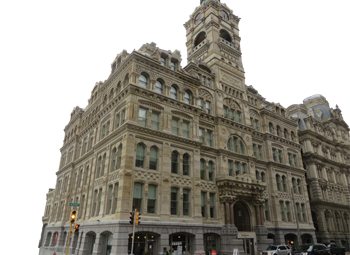
Wisconsin’s historic preservation tax credit program has grown in popularity since lawmakers raised the cap from 5 percent to 20 percent of project costs in 2014. Gov. Scott Walker proposed a $10 million annual cap on the entire program in his budget, but lawmakers opted for a $5 million per-parcel cap instead. Walker said that amounted to “almost no limitation” and used his veto pen to cut one zero and make the cap $500,000 per parcel. While Walker says the program is “one of this state’s most expensive economic development incentives,” developers say it makes projects possible that otherwise could not secure financing. Walker’s new cap doesn’t take effect until July 1, 2018, and developers say they expect any projects in the pipeline to be moved up in advance of the deadline.
According to Wisconsin Economic Development Corp. data, since 2014:
- 161 projects with $1.3 billion in costs have received $252.2 million in tax credits.
- Just nine projects would have exceeded the $5 million cap put in place by lawmakers. They received $72.5 million in tax credits.
- Another 84 projects that received $168.8 million in tax credits would have fallen between Walker’s $500,000 cap and the $5 million cap from lawmakers.
- About 42 percent of the projects received less than $500,000 in tax credits, but they accounted for $11 million of all credits awarded.